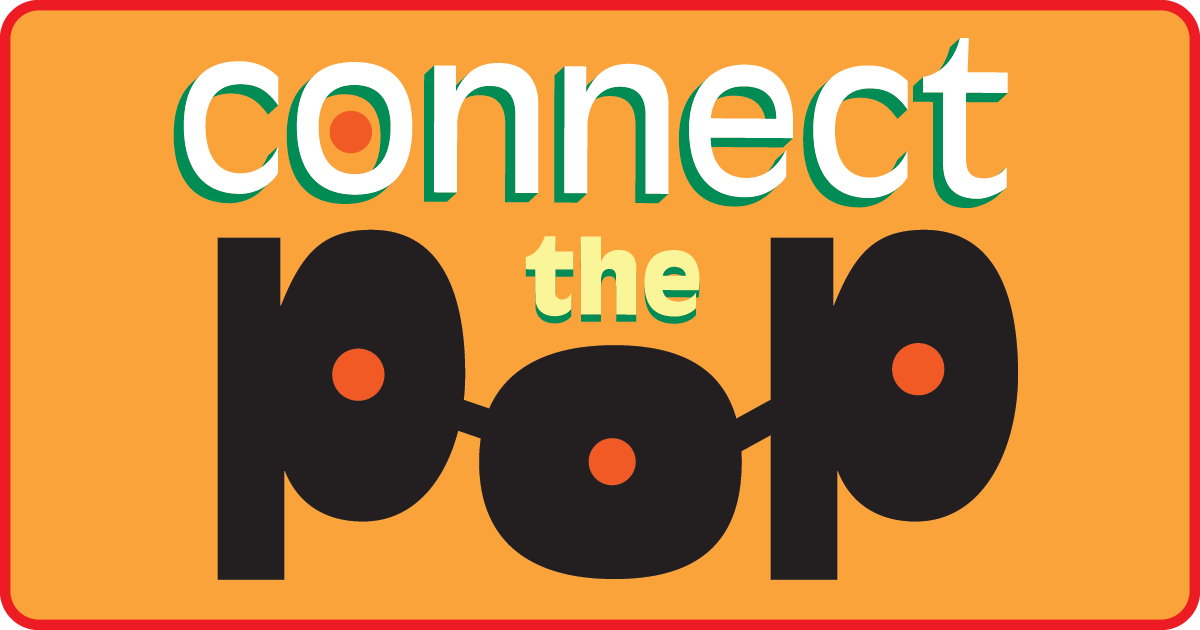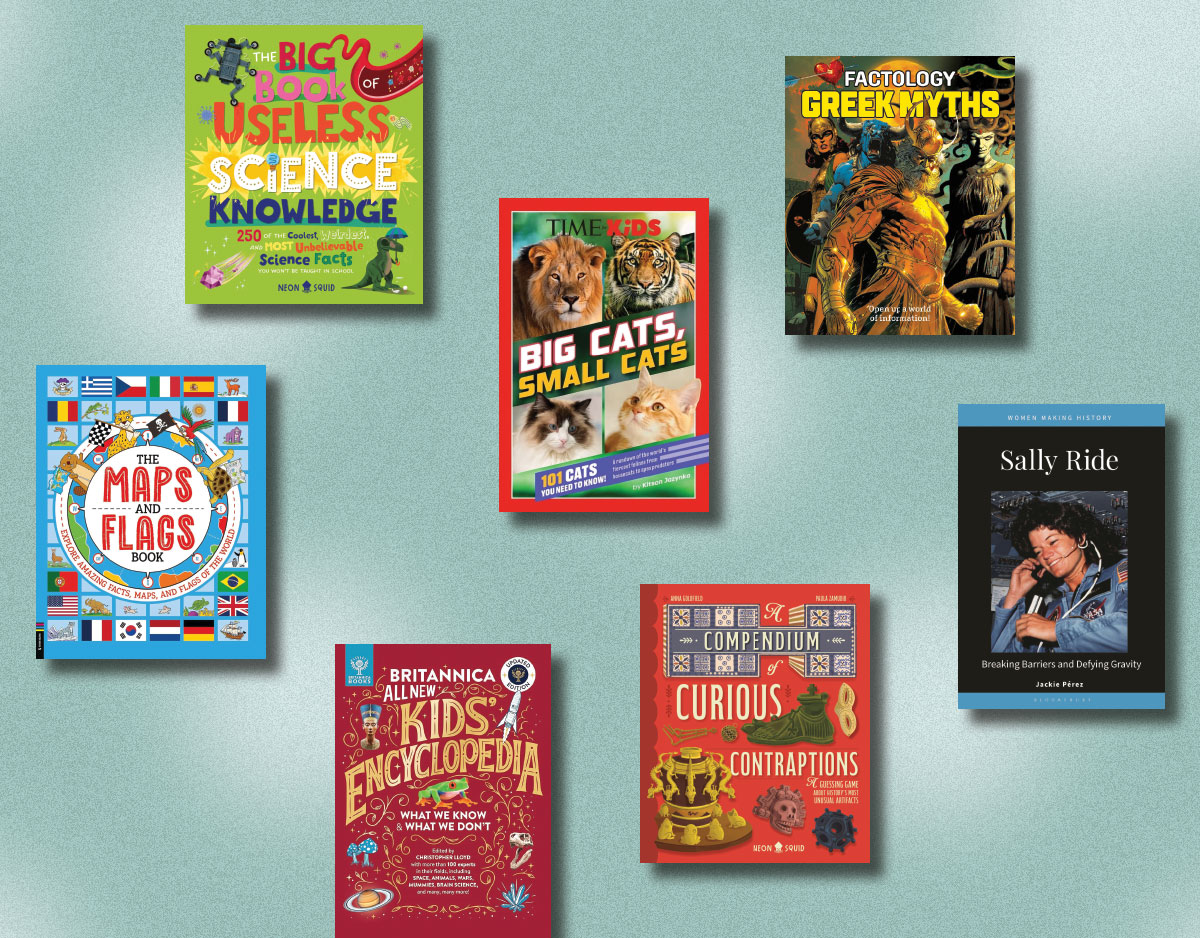SCROLL DOWN TO READ THE POST
Scriptwriting, the ‘Languages of Film,’ and Media Literacy: Teaching the Oscars with Frank Baker

…hey, if you missed part one of this conversation with Frank W. Baker, in which we talked about CCSS, Lincoln, and Lost in Space, here you go. My question that follows picks up immediately from where we left things. (But hey, one neat thing that has happened since: Mr. Baker has gathered his “Teaching the Oscars” resources so that they can be found on a single Web page.)
***
Your mention of close readings and CCSS puts me in mind of a subject we both believe in–the value of using scripts, especially in regard to how they can unite the reading/writing curriculum with media literacy. Fox actually sends screenplays as part of their FYC campaigns (I’m sure other distributors do, too), and this year I received the ones for The Sessions, Beasts of the Southern Wild, Hitchcock, and The Best Exotic Marigold Hotel. Now, I don’t know how readily available such scripts are otherwise, but is this an area where librarians can help, and if so how? It seems to me that if a student admires a film such as Lincoln, reading the script is a great way to leverage excitement around the Oscars by then moving to a specific film and reading a text that will definitely provide some media literacy benefits… not to mention that the Gettysburg Address is explicitly included in CCSS as a document high school students might analyze. Your thoughts?
ADVERTISEMENT
ADVERTISEMENT
Several years ago I started all of my workshops by saying: all media start out as writing. In fact, that was the topic of my presentation at the 2012 Conference on English Leadership in Las Vegas last fall. My colleague, Heidi Hayes Jacobs, is fond of saying that if video is what young people pay attention to in the 21st century, why aren’t we teaching them about the writing process related to that medium. With that in mind, I created the “Scriptwriting in The Classroom” web site some years ago, with examples from news, television, film and more.
I think it’s a tragedy that most of today’s textbooks completely ignore media and the important process of scriptwriting. Having said that, I want the school library audience to be aware of several resources related to scripts and screenwriting:
- Script-o-Rama and Simply Scripts are two web sites where you can find contemporary and classic motion picture scripts.
- Language of Film – Scriptwriting is a page I created that provides links to current events news stories, as well as lesson plans and recommended texts
- AMPAS Teacher Guide; Screenwriting–this terrific resource includes four lesson plans: structuring a screenplay; formatting the script; developing a screenplay from a book; and learning from the winners.
Almost every film studio now publishes screenplays as books, so librarians could begin acquiring titles and encouraging teachers who use film to incorporate the screenplays into instruction.
It’s nice that you mention the AMPAS resources–and a hat tip for my post about them, by the way–because that allows us to come back to the Oscars and how one might use them explicitly for media education. For those who don’t know about your work in this area, can you sum up how you’d encourage educators to use the awards categories to provide students with insight into the actual process of moviemaking?
I believe the award categories correlate well with the “languages of film.” In other words, the people who are honored by the annual Academy Awards are those who have devoted their lives to one (or more) aspects of filmmaking. Most young people only know the actors’ names: fewer still know more than one or two directors. Filmmaking is a hugely collaborative process and everyone should know not only the actors, but also the foley artist and film editor, for example.
I would encourage educators to start by putting up a list of the languages of film on a Smartboard. Here is the list I use:
– Cameras
– Lights
– Sound (includes music)
– Set design
– Post production (editing, special effects)
– Actors: makeup, costume, body language, expressions
Now, go to the list of this year’s Oscar nominations: http://oscar.go.com/nominees
Put this list side-by-side with the “languages of film.”
| Language of Film | Corresponding Oscar Category |
| Cameras; Lights | Cinematography; Directing |
| Audio | Music; Sound Editing; Sound Mixing |
| Set Design | Production Design |
| Post Production | Film Editing; Visual Effects |
| Actors | Best Actor, Best Actress Supporting Actor; Supporting Actress Costume Design; Makeup & Hairstyling |
Ask students to write definitions for each of the “languages of film.” Then task them with describing the nomination categories or people. For example, what does the director do; who are some well-known, or not so well-known directors? Students could work in groups to locate, research and read current event articles/essays/op-eds/blogs about the nominated films, stars as well as those who work behind-the-scenes. Ask students, for example, why there might be more stories about actress Keira Knightly and fewer about the costume designer for Anna Karenina. Assuming students have seen some or all of the nominated films, they could then debate the worthiness of the nominees and whether Anna Karenina or Les Miserables deserves to win for costume and/or production design.

The set of questions that you present regarding the Oscars has several that seem to be almost explicitly encouraging of critical thinking. These include things like How do film studios promote their film(s) to the voting members of the Academy? and Why does this annual film rite get so much attention? But since possible responses are not provided, I’m wondering if there’s a particular way you see the conversation going. That is, generally what new things do you hope students realize through this kind of inquiry?
Well, I hope students put some critical thinking into practice: and think about questions they’ve generally not considered previously. And if you’re not aware that the film studios promote their films to those who vote for the Oscars, then you’d never fully appreciate the way Hollywood works.
Since most K-12 schools don’t subscribe to the trade publications Variety, or The Hollywood Reporter, teachers and their students probably have not seen the “For Your Consideration” ads the studios strategically place in these publications–which are read by members of the voting Academy. Some years back, while teaching advertising, I realized that Hollywood not only advertises its films to its audiences, but it also advertises its films to the film industry, so I created the activities described on the “For Your Consideration” web site.
But it’s not just advertising. The PR and marketing departments of the studios are arranging interviews with the media–again this demonstrates this symbiotic relationship. Local TV news, for example, has been trending toward more pop culture coverage, so film studios may create “behind-the-scenes” featurettes and offer them to TV stations as veiled news stories, but in reality, they’re nothing more than advertising. (The ad industry calls this “native advertising.”) How does Steven Spielberg or Jennifer Lawrence get their pictures on the covers of magazines: it’s the film studio’s marketing department going into overdrive. And when it’s successful, it seems every magazine has the same celebrity on the cover, or several blogs are writing about the same film. And that’s called exposure.
How does Steven Spielberg or Jennifer Lawrence get their pictures on the covers of magazines: it’s the film studio’s marketing department going into overdrive. And when it’s successful, it seems every magazine has the same celebrity on the cover, or several blogs are writing about the same film. And that’s called exposure.
Well, that may be the perfect way to wind things up because let’s take a look at all the media in play in that response. We’ve got ads running on various platforms, some moving image, some print, some Web-based. We’ve got magazine covers and features, but also the trades which you rightly mention as probably being pretty scarce in the halls of K-12. Given this context, what might be some good approaches for school librarians to take in developing and presenting teaching units around a massive phenomenon like the Oscars?
First, I would like to suggest here a strategy that Barnes & Noble bookstores employs: creating an attractive display that focuses on the event in the news. So for librarians, that might involve pulling books in their collection about films, filmmaking, bios of celebrities; books that were made into successful films, etc.  It has been my experience that many media centers don’t have enough books about media analysis or media production, let alone film. That is why, on The Media Literacy Clearinghouse, I have taken the time to include many recommended texts for both teachers and students. That is also the reason that I authored three books for schools.
It has been my experience that many media centers don’t have enough books about media analysis or media production, let alone film. That is why, on The Media Literacy Clearinghouse, I have taken the time to include many recommended texts for both teachers and students. That is also the reason that I authored three books for schools.
A high school media specialist I know acquires films that specifically correlate to standards. And when the film arrives, she takes time to help her teachers understand how to use snippet/clips (instead of the entire film) in order to focus student attention on some learning objective or concept.
Another strategy might be to create a special “bulletin board” either in the media center or in a high traffic area of the school. This bulletin board could be a collaborative effort between the media specialist, teacher and some students. It might include film posters of some of the nominated films; covers from magazines featuring nominees; or reviews students have written about films they’ve seen and liked. It might also include some excerpts from current periodicals that cover film. (Entertainment Weekly, for example, has a regular feature called “Wardrobe Notes,” which dives into costume design; Empire magazine similarly has an “Anatomy of A Scene” feature, which takes readers into how scenes were conceptualized and shot.)
ADVERTISEMENT
ADVERTISEMENT
Lastly, librarians could take students through an exercise in which the students create the scripts and storyboards from scenes they read in books. By having students learn the screenwriting language and process, we help them appreciate how films are translated for filmmaking. The same can be said of the storyboarding process: after they’ve created their own boards, students begin to comprehend how these “visual representations” help define what is in the frame (viewfinder) of the camera and how much the production team depends on this vision.
Wow, thanks–lots of really good ideas. Also, I’m reminded of how you mentioned the value of access to the “the trades” earlier: that’s also something librarians can help with, even if just in electronic form. But how to leverage students’ interest in the medium all year long, not just awards season? How can we keep this level of critical thinking, of reading and writing texts, going all year long?
I’d like to recommend here that if librarians want to encourage film literacy and film education, they could create “film clubs.” The purpose of the club is for each school to decide. My experience is that students who participate in existing clubs not only discuss film, but also sometimes they are engaged in making their own films. With the popularity of smart phones and e-tablets, creating and editing video is easier, more accessible, than ever. In the UK , film clubs even have their own organization. Take a look here for details: http://www.filmclub.org/
Excellent–thank you again for all these suggestions and terrific resources… I think I’m going to go explore some of them now.
###
 Frank W. Baker runs the internationally recognized Media Literacy Clearinghouse website and conducts media literacy workshops at schools, conferences and districts across the US. He is also the author of three books: Coming Distractions; Political Campaigns and Political Advertising: A Media Literacy Guide; and, most recently, Media Literacy In the K-12 Classroom. Mr. Baker is a consultant to the National Council of Teachers of English (NCTE) and the South Carolina Writing Improvement Network, and in fact will be speaking on media literacy at the conference of the South Carolina Association of School Librarians on March 6-7.
Frank W. Baker runs the internationally recognized Media Literacy Clearinghouse website and conducts media literacy workshops at schools, conferences and districts across the US. He is also the author of three books: Coming Distractions; Political Campaigns and Political Advertising: A Media Literacy Guide; and, most recently, Media Literacy In the K-12 Classroom. Mr. Baker is a consultant to the National Council of Teachers of English (NCTE) and the South Carolina Writing Improvement Network, and in fact will be speaking on media literacy at the conference of the South Carolina Association of School Librarians on March 6-7.
Filed under: Media Literacy, Movies
About Peter Gutierrez
A former middle school teacher, Peter Gutierrez has spent the past 20 years developing curriculum as well as working in, and writing about, various branches of pop culture. You can sample way too many of his thoughts about media and media literacy via Twitter: @Peter_Gutierrez
ADVERTISEMENT
SLJ Blog Network
Books on Film: Henry Winkler on CBS
Awe (and) Inspiring. A Cover Reveal and Q&A with Chana Stiefel and Susan Gal
Diary of a Nature Nerd | Review
Take Five: October 2025 Middle Grade New Releases
The Classroom Bookshelf is Moving
Making SUNDUST with Zeke Peña
ADVERTISEMENT
ADVERTISEMENT







